It’s an unpleasant feeling when you have an idea for a project and the data you need is sitting right in front of you on a bunch of random-looking webpages instead of a nice, delimited file. You could either forget about your idea (which is what most people do), you can record manually, or you can take an automated route with a bit of scraping know-how.
I often find myself taking the tedious, manual route out, but sometimes scraping is clearly the best option. David Eads from the NPR Visuals Team describes how they use a model-control approach to scraping data.
Step 1: Find the data and figure out the HTML and/or JavaScript format and pattern. Step 2: Setup a way to parse and spit out the formatted data. Step 3: Optimize.
Oh, and before all that, make sure it’s legal.

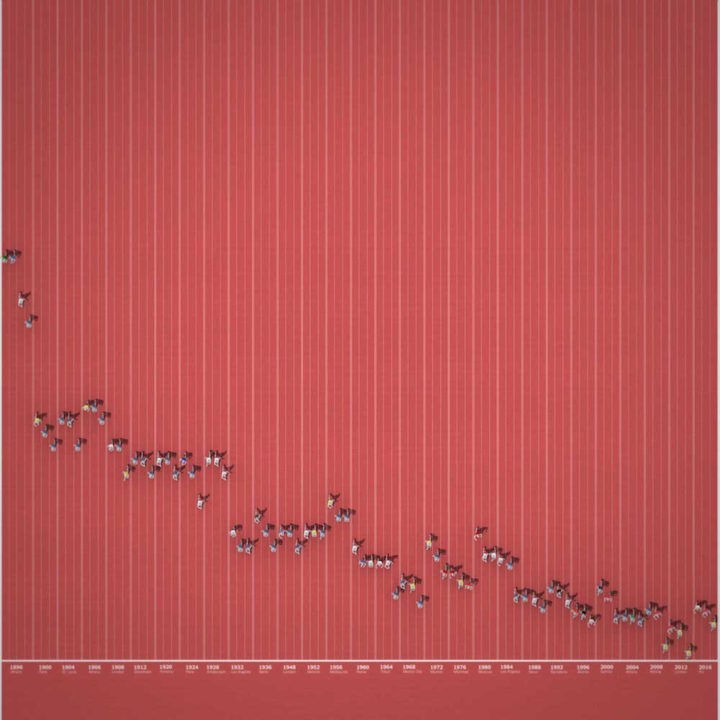
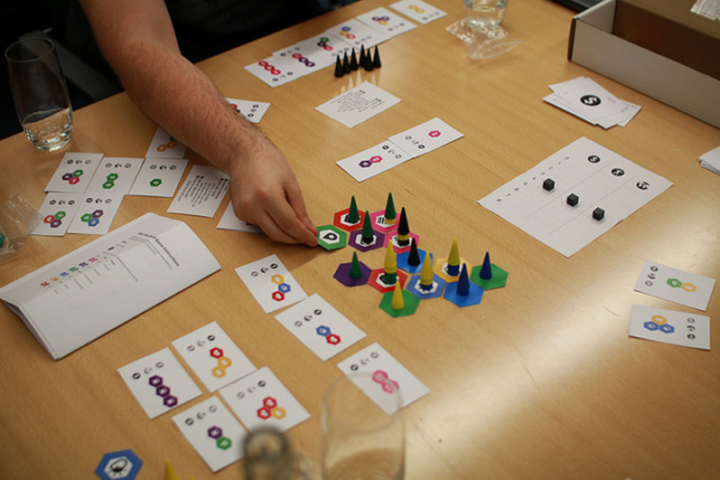
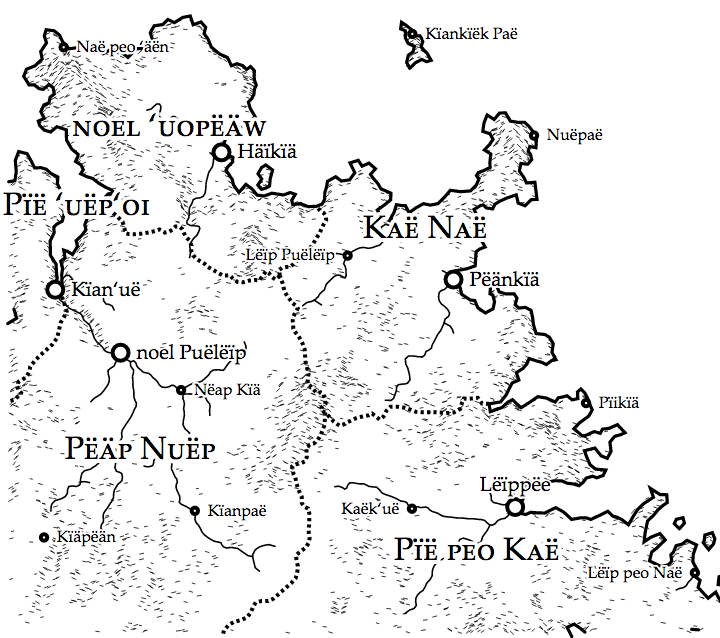
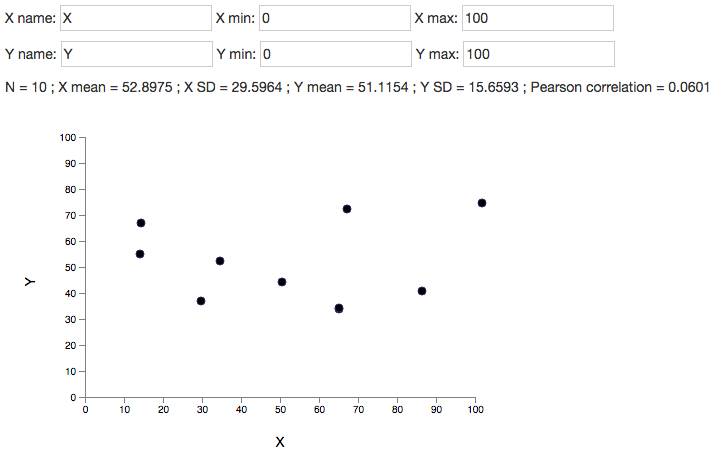
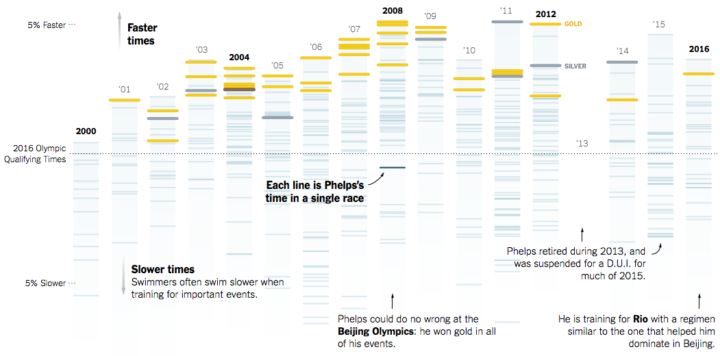

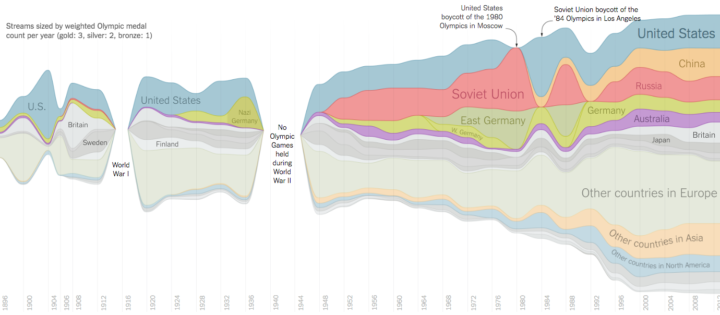

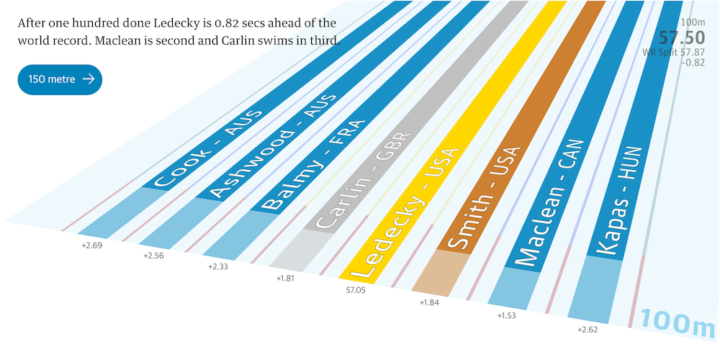
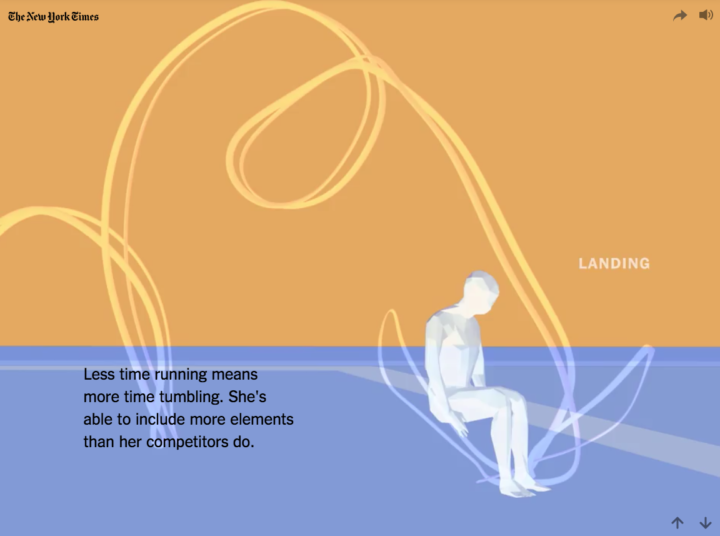


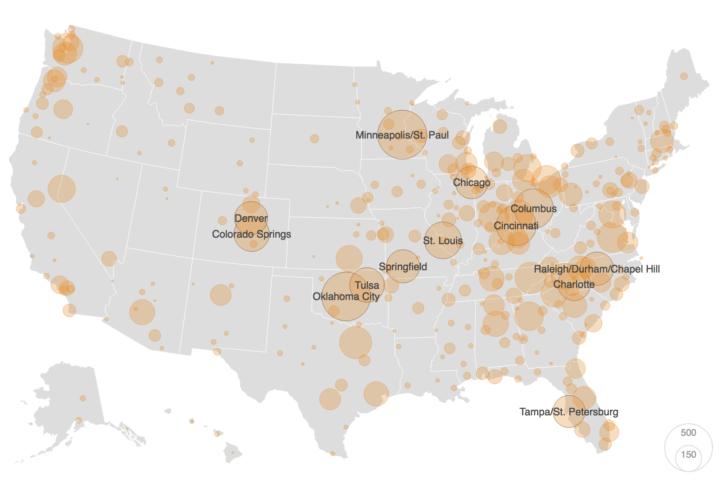
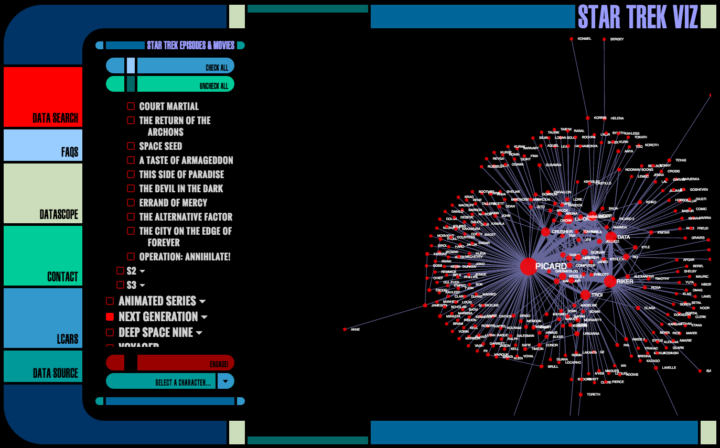



 Visualize This: The FlowingData Guide to Design, Visualization, and Statistics (2nd Edition)
Visualize This: The FlowingData Guide to Design, Visualization, and Statistics (2nd Edition)










